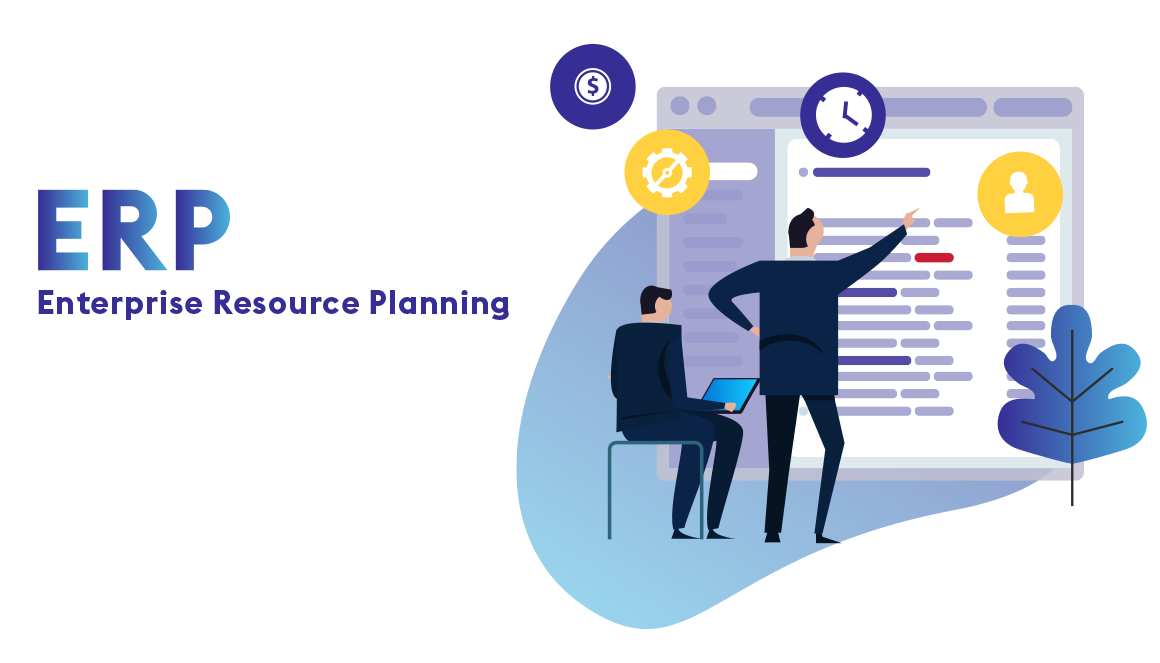Enterprise Resource Planning systems have become crucial business solutions that help organizations digitally transform their operations and gain competitive advantages. As businesses continue to grow in complexity, Enterprise Resource Planning plays an important role in integrating different departments and functions on a single software solution.
What is Enterprise Resource Planning?
Enterprise Resource Planning refers to an integrated software that allows an organization to use a system of integrated applications to manage the important parts of a business, including product planning, development, manufacturing, marketing, sales, and service. Some key components of Enterprise Resource Planning include:
– Financial management: Enterprise Resource Planning integrates accounting, payroll, invoicing and other financial processes. This gives management real-time access to important financial metrics.
– Supply chain management: Modules help with procurement, inventory management, distribution, and logistics functions to track materials and products throughout the supply chain.
– Customer relationship management: CRM modules within Enterprise Resource Planning help track customer interactions, manage leads and deals, and provide a 360-degree view of customers.
– Human capital management: Features support recruiting, onboarding, performance management, training, and other HR functions.
– Manufacturing and production: For manufacturers, Enterprise Resource Planning streamlines shop floor operations, production scheduling, bill of materials, quality control, and more.
Key Benefits of Enterprise Resource Planning
With various departments and processes integrated onto a single system, Enterprise Resource Planning delivers several advantages for organizations:
Increased Visibility and Data Access
– Enterprise Resource Planning provides executives and managers company-wide access to real-time data and metrics for improved decision making.
Streamlined Operations and Workflows
– Manual, paper-based processes are replaced with automated workflows to boost efficiency.
Enhanced Collaboration
– Different teams can work together seamlessly through a centralized system for improved collaboration.
Improved Inventory Management
– Enterprise Resource Planning helps optimize inventory levels, track movements, and reduce stock-outs and excess inventory.
Standardized Processes
– Common processes and procedures are established across departments for increased consistency.
Scalability and Flexibility
– Systems can be configured to adapt to business growth and change over time.
Challenges of Enterprise Resource Planning Implementation
While Enterprise Resource Planning offers significant benefits, successful implementation also poses challenges organizations need to overcome:
Lengthy Implementation Process
– Enterprise Resource Planning projects usually take 6-18 months for configuration, customizations, data migration, integration, testing and training.
High Costs Involved
– Enterprise Resource Planning software, implementation services, customizations and ongoing support contribute to multi-million dollar investments.
Resistance to Change
– Employees may resist changing entrenched processes or learning new systems which impacts adoption.
Integration Complexities
– Ensuring seamless data sharing across different legacy systems and new Enterprise Resource Planning requires careful planning.
Vendor Management
– Ongoing vendor relationship, support needs, upgrades and additional costs need attention post go-live.
Measuring ROI Challenges
– Tangible returns may take years, so it’s difficult to directly link Enterprise Resource Planning investments to financial performance.
Future of Enterprise Resource Planning
As digital technologies continue to disrupt industries, Enterprise Resource Planning vendors are enhancing their offerings with new capabilities:
Cloud and SaaS Delivery
– Vendors offer cloud-based, subscription-based SaaS models for easier upgrades and quick onboarding.
Analytics and Business Intelligence
– Advanced analytics help extract insights from large enterprise data housed in Enterprise Resource Planning systems.
Mobility
– Mobile-friendly Enterprise Resource Planning empowers field-based and remote employees with access to data anywhere.
Artificial Intelligence
– Features like process recommendations, predictive maintenance, and virtual assistants using AI are emerging.
Enterprise Resource Planning and CRM Integration
– Tighter Enterprise Resource Planning-CRM linkage delivers a unified view of customer and operational data.
Blockchain Integration
– Enterprise Resource Planning is exploring integration with blockchain to support traceability across global, distributed supply chains.
*Note:
1. Source: Coherent Market Insights, Public sources, Desk research
2. We have leveraged AI tools to mine information and compile it

